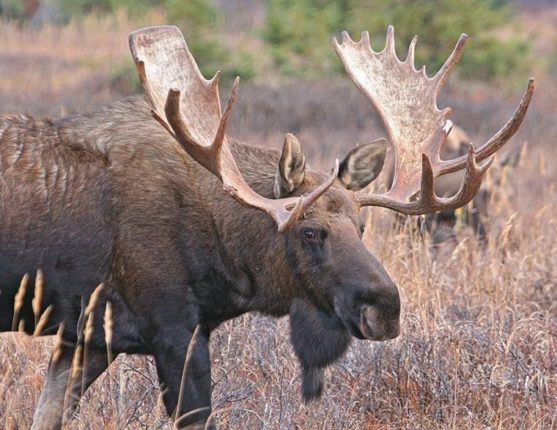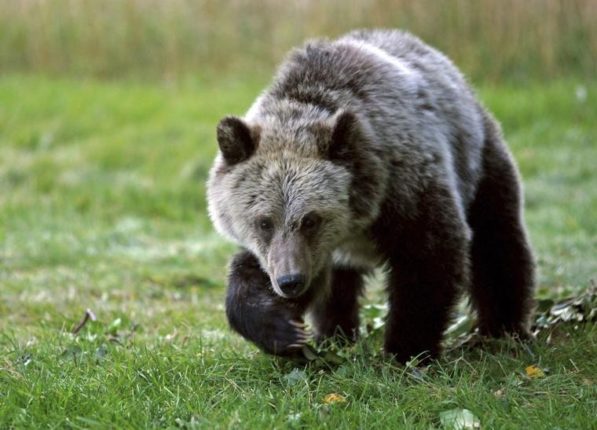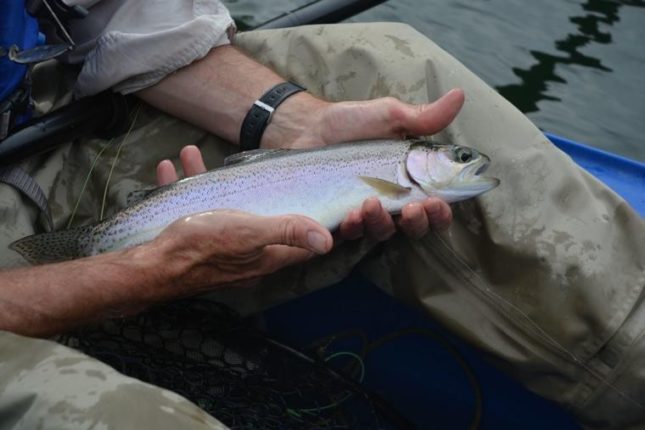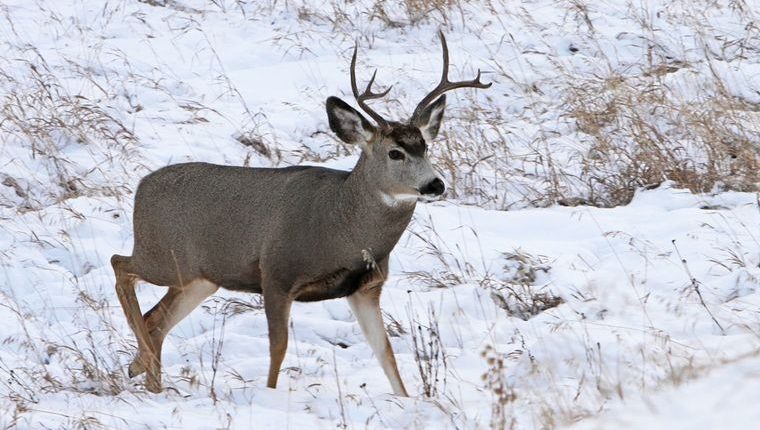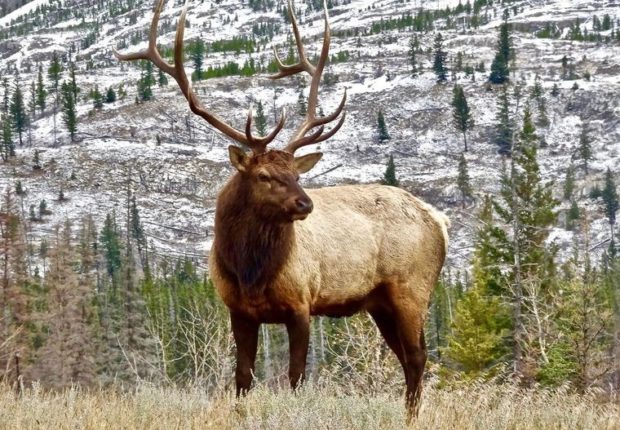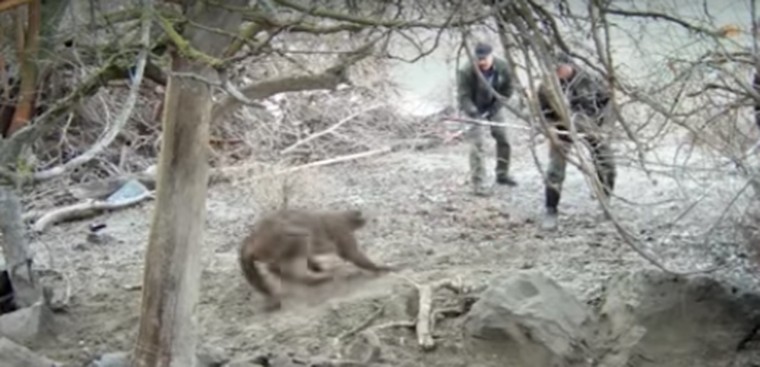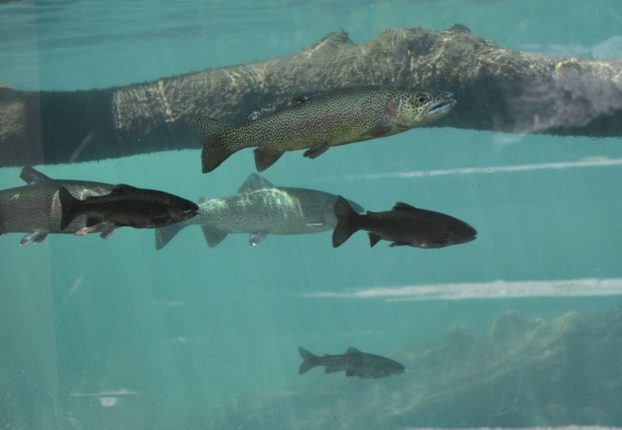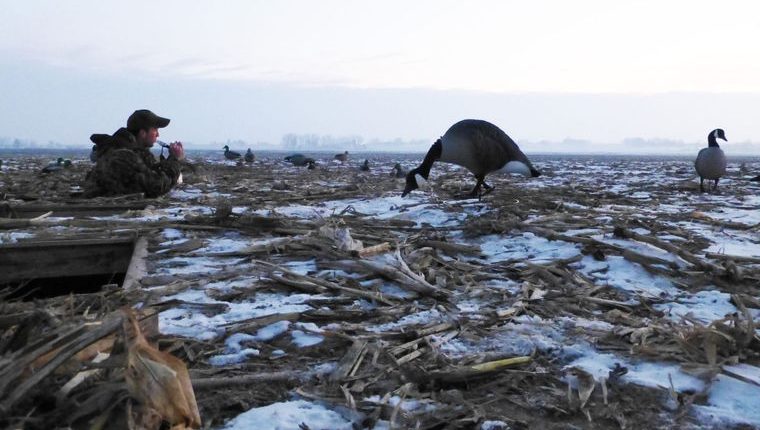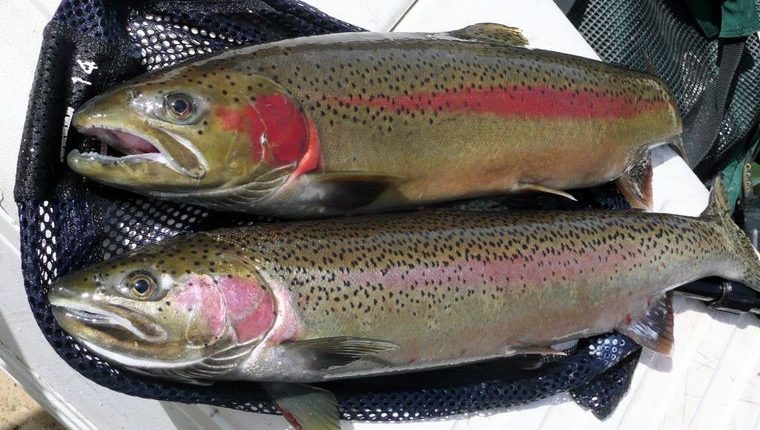Spring is here, days are getting longer and warmer, which are good reasons to break out the fishing rods and take advantage of some early season fishing opportunities.
Idaho Fish and Game stocks trout year round, but expands its operations in April as more waters become suitable for trout. Typically, ponds are among the first places, followed by small lakes and reservoirs, then larger reservoirs, but that depends on weather and other factors.
To get the latest information about where Fish and Game is stocking, check out the stocking reports page at https://tinyurl.com/y9n42j28.
While trout fishing is the favorite in Idaho, there’s also warm-water fishing opportunities in many locations, and don’t take that “warm-water” name too literally. There can be good fishing for bass, crappie and bluegill during early spring when the water is still fairly cool.
If you’re new to fishing, or have never fished before, but still want to take your kids fishing, check out Fish and Game’s Learn to Fish page for instruction, tips, videos and more at https://idfg.idaho.gov/fish/learn-to.
If you’re looking for places to go fishing where the trout stocking trucks have already visited, or will soon, here are some places to consider. Most of these are Family Fishing Waters, so there are fairly simple and uniform fishing rules.
Southeast
Bannock Reservoir (Pocatello) aka Portneuf Wellness Complex Reservoir: Located near the county fairgrounds, this community park offers trout fishing from multiple docks, as well as many other recreational amenities nearby. The 6-acre reservoir is surrounded by playgrounds, soccer fields, basketball courts, running and biking trails.
Edson Fichter Pond (Pocatello): This 3.4-acre pond is located in southwestern Pocatello along the Portneuf River at Edson Fichter Nature Area. It features several docks and a trail around the pond for easy access and lots of shoreline fishing. The pond is stocked with rainbow trout. The limited development around the pond make it an oasis for wildlife.
Crystal Springs Pond (Springfield): This 5.3-acre pond is surrounded agriculture lands northeast of American Falls Reservoir. It’s stocked with rainbow trout.
Jensen Grove Pond (Blackfoot): This pond is seasonal, and if conditions allow, it will fill and be stocked with rainbow trout in April. This 55-acre pond is located within Jensen Grove city park along the Blackfoot Greenbelt, and facilities nearby include boating, playground, restrooms and picnic areas.
Upper Snake
Gem Lake (Idaho Falls): This 400-acre reservoir is created by a dam on the Snake River. It has a fishing dock and lots of opportunities for shore angling, as well as boating. You can catch trout, warmwater fish, and sturgeon. Sturgeon are catch and release only.
Becker Pond (Idaho Falls): This 1.4-acre pond, located in Ryder Park, has ADA access for people in wheelchairs or others with limited mobility. This pond is managed with a two-fish daily bag limit to keep catch rates high. Boats, motors, wading and swimming are prohibited because of its small size.
Tips for early spring fishing
Watch the weather: Fishing is typically better when temperatures are warming and the barometer is stable. A temperature drop or a storm typically slows fishing.
Take it slow: Fish can be sluggish in cold water. Air temperature warms much faster than water, so even on a warm, spring day, the water is probably chilly. Bait is a good option, and if you’re using lures or flies, a slow retrieve usually catches more fish.
Don’t overlook warm-water fish: They become active sooner than you might think, but expect subtle strikes, and the fish to be in different places than where you found them last summer. Bass fishing can be good. Catch rates tend to be lower in early spring than other times of year when fish are more active, but the biggest fish are often the first to become active.
Think small: Smaller, shallower waters typically warm faster than larger bodies of water. Ponds, small lakes and reservoirs are good places to start. Same goes for shallow coves, bays and flats in larger lakes and reservoirs.
Fish locally: If the forecast looks iffy, you don’t want to drive a long ways and then find poor weather and water conditions. Spring is a good time to explore local ponds and reservoirs that you may have overlooked in the past.
Make it a kid-friendly outing: If the fish aren’t biting, find other things to keep youngsters amused. If you’re in a city, maybe pick a pond in, or near, a park. If you’re in a rural area, take a hike around the pond and look for wildlife, which often congregates near water. Bring snacks and a dry set of clothes in case kids get wet. Make it a fun trip so they will want to return later.

